
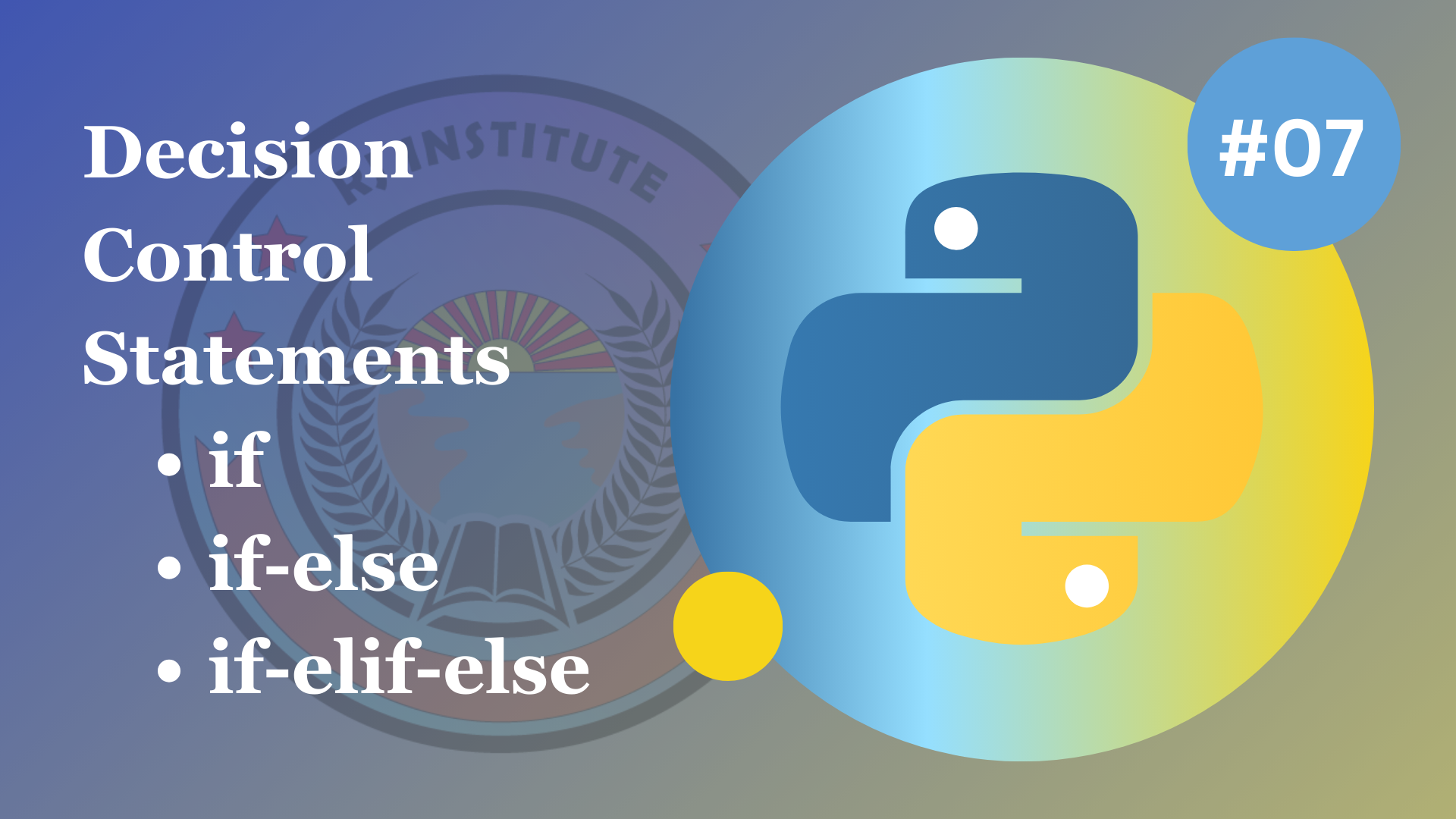
TOPIC: Python Decision Control Statements
Decision Control Statements:
A control statement is a statement that determines the control flow of a set of instructions, that
is it decides the sequence in which the instructions in a program are to be executed. It can either
have one or more instructions. The three fundamental methods of control flow in a programming
language are sequential, selection and iterative control.
A python program executes in a sequential control manner, where the flow looks like it starts from
the first line and ends at the last line. This method is known as the Sequential Control Flow.
Now, let's learn how we can execute a selected set of statements using the Selection control. It
allows the programmers to build a program that determine which statements of the code should be
executed and which should be ignored.
SELECTION/CONDITIONAL statements
The control statements check a condition and then go to the directed statement. That is, the
condition is checked and then goes on to the given section of the code. Some of the conditional
statements are:
if statement
An "if" statement is a programming construct that allows for conditional execution of code based on
the evaluation of a specified condition. If the condition is true, a specific code block is
executed; otherwise, it is skipped, enabling decision-making within the program's flow.
The following are the syntax and the flowchart of an 'if statement':
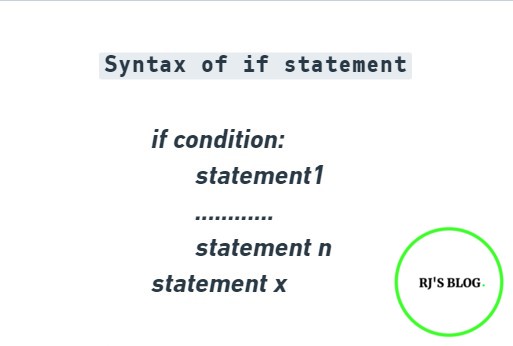
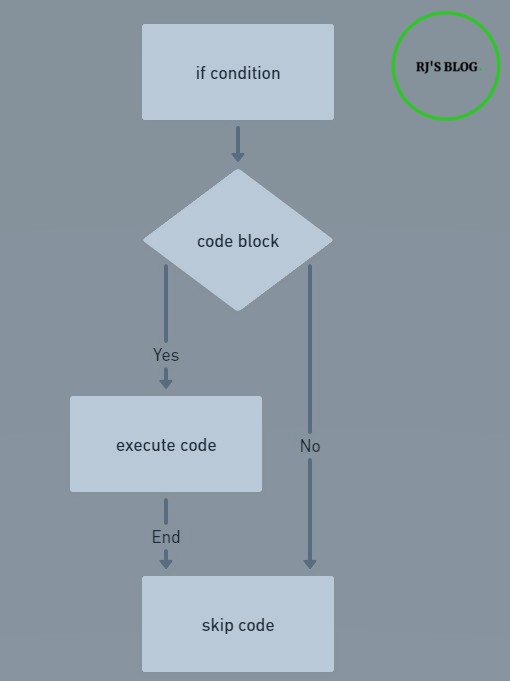
if-else statement
An "if-else" statement is a programming construct used for conditional execution of code. It
evaluates a specified condition, and if the condition is true, one code block is executed; if the
condition is false, an alternative code block is executed. It provides a way to handle two different
scenarios or outcomes based on the condition's truth value.
The following are the flowchart and the syntax of an 'if-else statement':
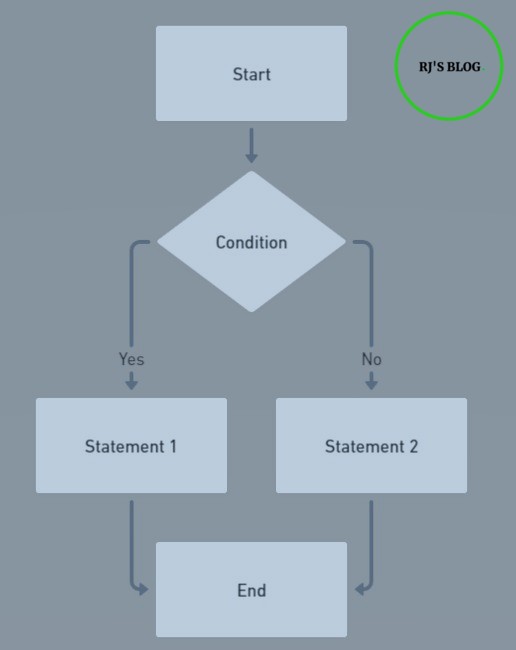
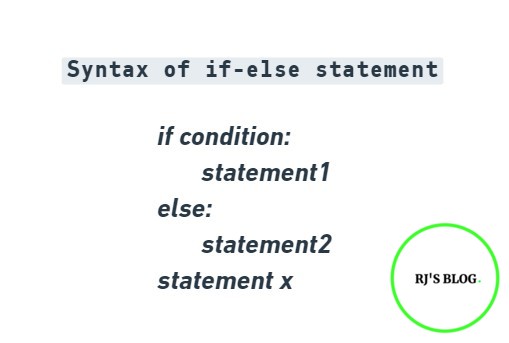
if-elif-else statement
An "if-elif-else" statement is a programming construct used for multiple conditional branches. It
starts by evaluating the first condition; if it's true, the corresponding code block is executed,
and the rest of the branches are skipped. If the first condition is false, it moves to the next
"elif" (else if) condition, and so on, until it finds a true condition or reaches the "else" block,
which serves as a default if none of the conditions are met. It provides a way to handle multiple
scenarios or outcomes based on the first true condition encountered.
The following are the flowchart and the syntax of an 'if-elif-else statement':
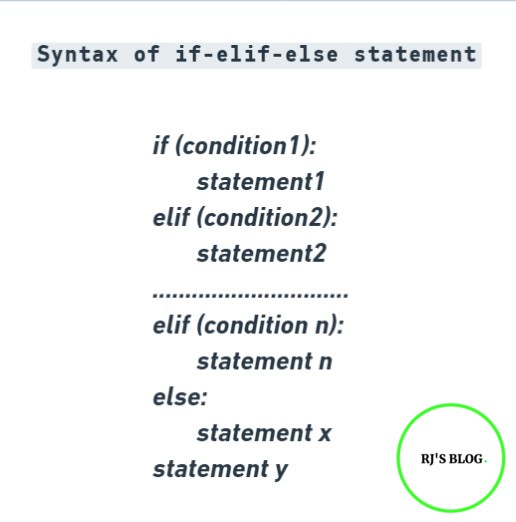
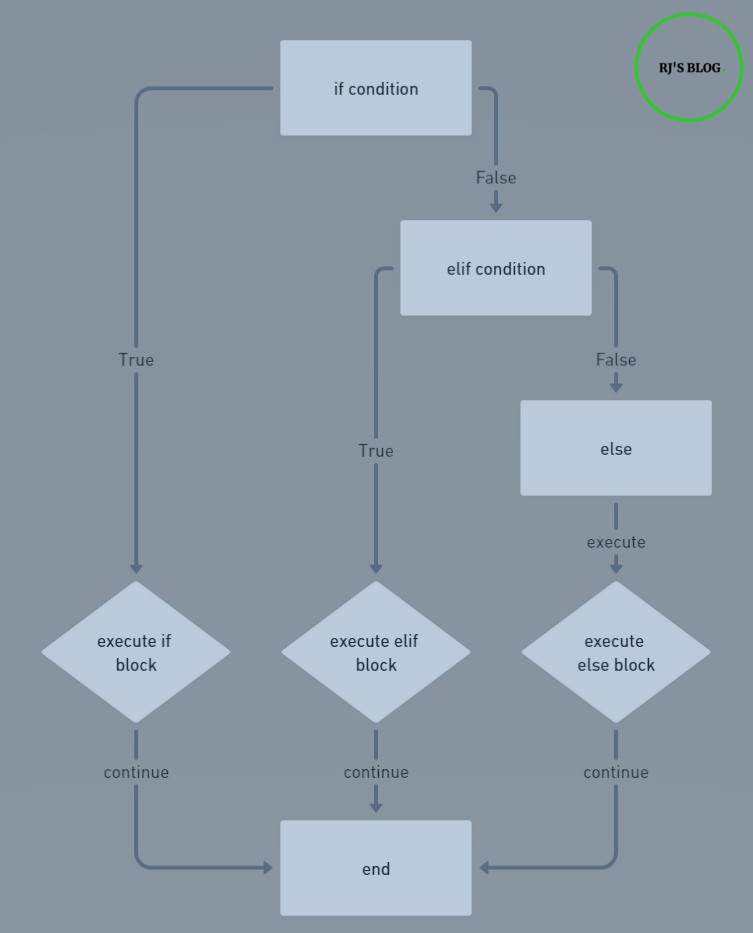
Code as discussed in the video:
You can copy and run this code